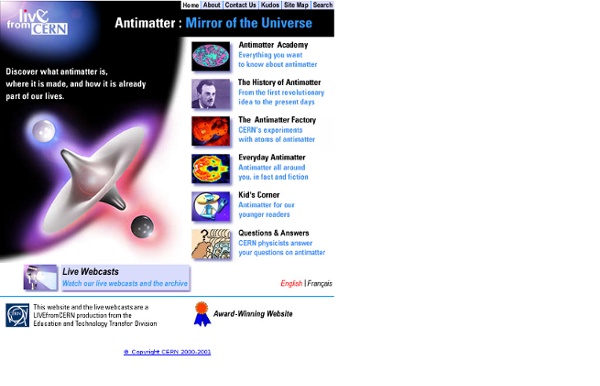



Fuel cell Demonstration model of a direct-methanol fuel cell. The actual fuel cell stack is the layered cube shape in the center of the image Scheme of a proton-conducting fuel cell The first fuel cells were invented in 1838. There are many types of fuel cells, but they all consist of an anode, a cathode and an electrolyte that allows charges to move between the two sides of the fuel cell. The fuel cell market is growing, and Pike Research has estimated that the stationary fuel cell market will reach 50 GW by 2020.[3] History[edit] Sketch of William Grove's 1839 fuel cell The first references to hydrogen fuel cells appeared in 1838. In 1939, British engineer Francis Thomas Bacon successfully developed a 5 kW stationary fuel cell. Types of fuel cells; design[edit] Fuel cells come in many varieties; however, they all work in the same general manner. At the anode a catalyst oxidizes the fuel, usually hydrogen, turning the fuel into a positively charged ion and a negatively charged electron. SOFC[edit]
Free-Energy Devices, zero-point energy, and water as HHO fuel Patent US20040164824 - Hyperspace energy generator - Google Patenten [0072] 1. Referring to FIG. 15, the coaxial cable has a braided gold wire outer conductor (A) and a braided gold wire inner conductor (B) separated by a dielectric (C). The open braiding promotes the conduction of the electromagnetic wave while allowing the hyperspace mist to seep out of the braid and permeate the surrounding material in which it is embedded. [0073] 2. The radius of the outer conductor a and the radius of the inner conductor b have the following values in order to couple the cable to the tetrahedral geometry of subspace. [0076] 3. [0057]FIG. 1. [0058]FIG. 2. [0059]FIG. 3. [0060]FIG. 4. [0061]FIG. 5. [0062]FIG. 6. [0063]FIG. 7. [0064]FIG. 8. [0065]FIG. 9. [0066]FIG. 10. [0067]FIG. 11. [0068]FIG. 12. [0069]FIG. 13. [0070]FIG. 14. [0071]FIG. 15.
Window Socket – Solar Energy Powered Socket by Kyuho Song & Boa Oh The Window Socket offers a neat way to harness solar energy and use it as a plug socket. So far we have seen solutions that act as a solar battery backup, but none as a direct plug-in. Simple in design, the plug just attaches to any window and does its job intuitively. Designers: Kyuho Song & Boa Oh